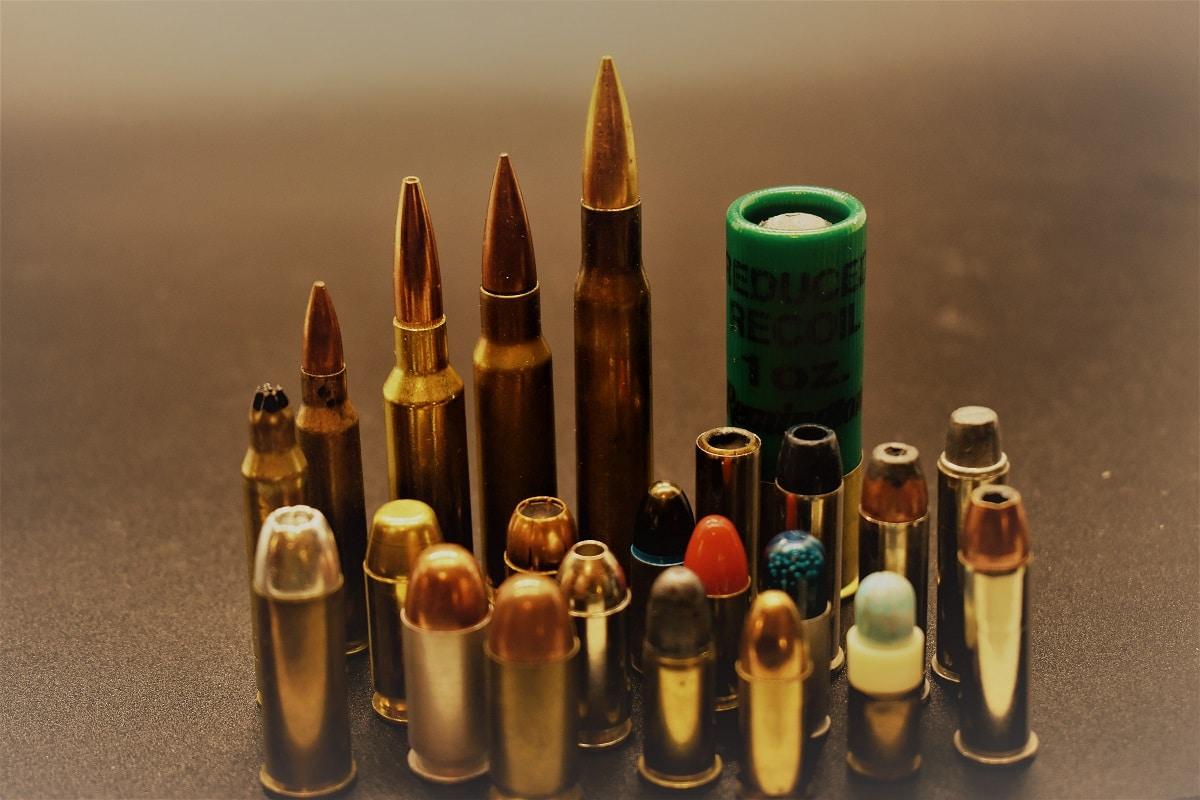Owning a firearm comes with responsibilities, and one of the most important is understanding ammunition. For first-time gun owners, navigating terms like “caliber,” “grain,” or “jacketed” can feel overwhelming. This guide covers the essentials of ammunition to help you make informed decisions, ensuring safety and effectiveness when using your firearm.
Understanding the Components of Ammunition

Ammunition, often called “ammo,” is more than bullets. Each cartridge is made up of key components that work together when fired.
Parts of a Cartridge:
- Bullet: The projectile that exits the barrel when fired.
- Case: The metal container holding all components, typically brass or steel.
- Powder (Propellant): Ignites to create pressure that propels the bullet.
- Primer: The small, explosive cap that ignites the powder when struck by the firing pin.
Tip for Beginners:
- A “bullet” is not the entire cartridge—it refers only to the projectile. Understanding this distinction is key to communicating with firearm professionals.
Types of Ammunition
Ammunition comes in different types, each designed for specific uses. Knowing the right type of ammo for your firearm and purpose is essential.
Common Types of Ammunition:
- Full Metal Jacket (FMJ): Ideal for practice and target shooting due to its affordability and smooth feeding.
- Hollow Point (HP): Designed to expand upon impact, making it suitable for self-defense.
- Soft Point (SP): A compromise between FMJ and HP, often used for hunting.
Choosing the Right Ammo:
- Target Practice: Use FMJ rounds, which are cost-effective and reliable.
- Self-Defense: Hollow point rounds are recommended for stopping power and reducing the risk of over-penetration.
- Hunting: Soft point rounds provide effective stopping power without excessive damage.
Caliber: Matching Ammo to Your Firearm
The term “caliber” refers to the bullet’s diameter and must match your firearm’s specifications. Using the wrong caliber can damage your gun or cause injury.
Common Calibers:
- 9mm: Popular for handguns; balanced recoil and stopping power.
- .22 LR: Great for beginners due to minimal recoil and low cost.
- .45 ACP: Larger caliber often used for self-defense.
How to Identify the Right Caliber:
- Check the barrel or slide of your firearm for caliber markings (e.g., 9mm or .45 ACP).
- Always refer to your firearm’s owner manual for caliber compatibility.
Safe Storage and Handling of Ammunition

Proper handling and storage of ammunition are essential to ensure safety and preserve its quality over time.
Safety Tips for Handling Ammunition:
- Keep Ammo Dry: Store in a cool, dry environment to prevent corrosion.
- Use a Lockable Ammo Box: Keep ammunition secure, especially if children are present.
- Avoid Impact: Dropping or mishandling ammo can damage it or, in rare cases, cause misfires.
- Check for Defects: Avoid using ammo with dents, cracks, or signs of corrosion.
Storage Checklist:
- Use an airtight container to protect ammo from moisture.
- Label containers with caliber and type for easy identification.
- Store ammunition separately from firearms for added safety.
How to Practice Safely with Ammunition
Using live ammunition requires focus and safety awareness. Proper safety practices are non-negotiable whether you’re at a gun range or in a designated shooting area.
Key Safety Tips:
- Follow Range Rules: Always obey safety instructions and range protocols.
- Wear Protection: Use hearing and eye protection at all times.
- Start with Small Calibers: New shooters may find.22 LR or 9mm more manageable.
- Inspect Your Ammo: Avoid using damaged or reloaded rounds until you’re confident handling them.
Understanding ammunition is fundamental for every first-time gun owner. From choosing the right type and caliber to safely storing and handling your rounds, these basics will help you feel confident and responsible. You’ll ensure safe and effective firearm use by taking the time to learn, practice, and ask questions.

